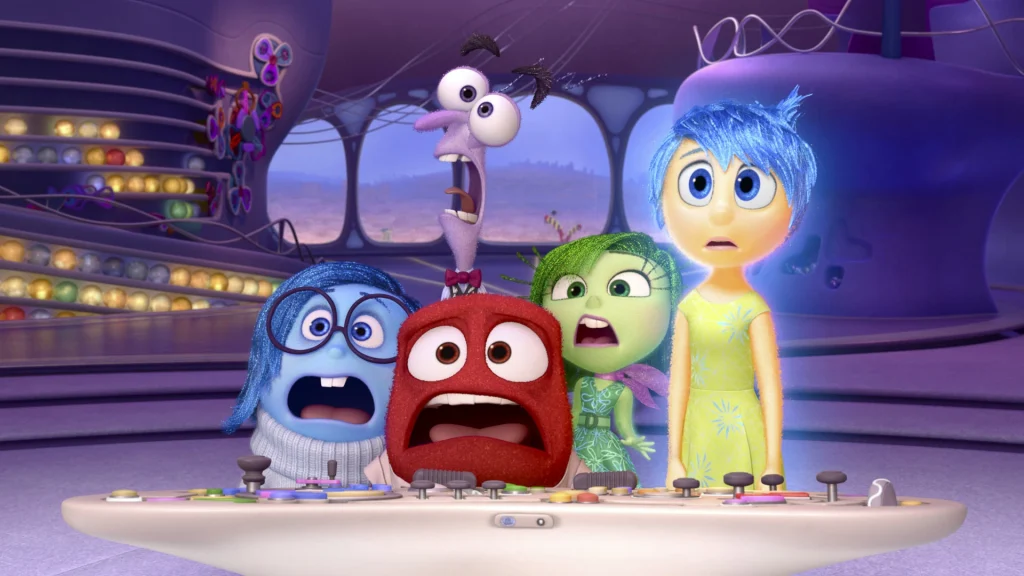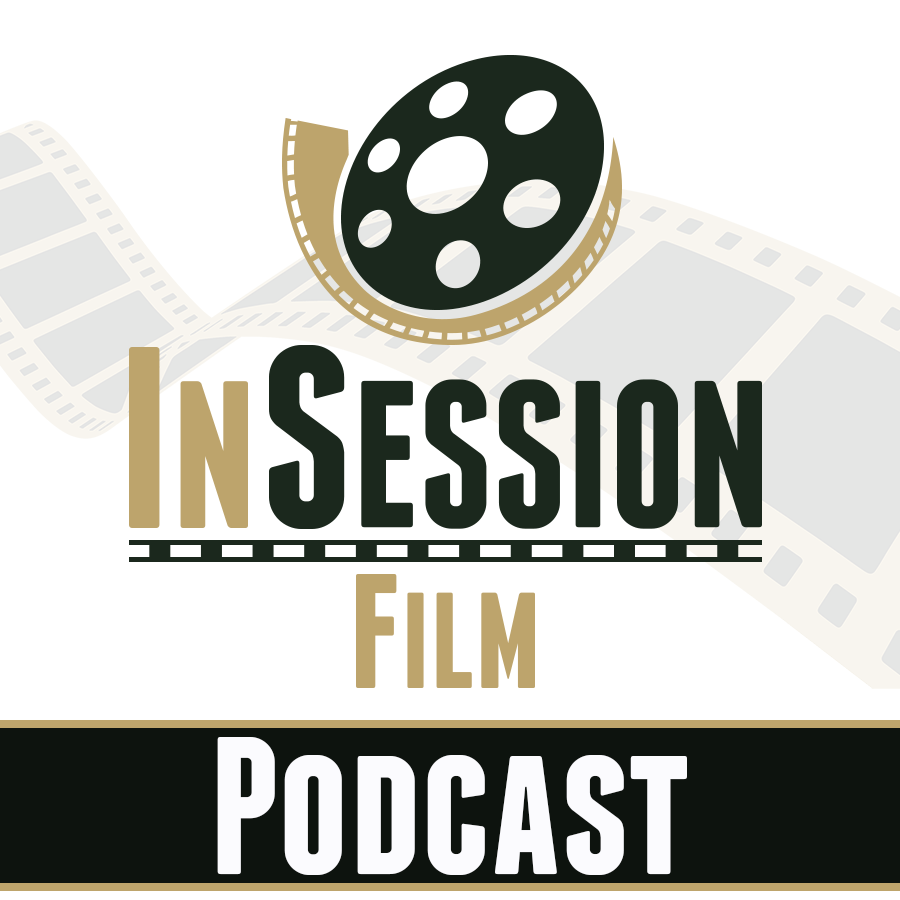Pixar has an illustrious resume, one that is perhaps hampered over the last decade or so, but there’s no denying the prowess of their best work. The Toy Story films are remarkable (with the first of them rendering Pixar as a household name). Coco, and Luca are notable in recent years. But perhaps most famously, their run in the 2000s consisted of Monsters Inc., Finding Nemo, The Incredibles, Cars, Ratatouille, WALL-E, and Up. And this isn’t even mentioning Toy Story 3 kicking off the 2010s in June of 2010. That is a legendary run of excellence. With the exception of maybe Cars (which is still good, and by far the best of the Cars films), all of those movies are varying forms of stupendous. When ranking Pixar, there are so many forms it can take and you’re not going to be wrong.

However, there is one that stands out the most to me. It’s one that perhaps puts me on an island. My own personality island. It’s one of the best animated films of all-time. The best of Pixar. I’ll do my best here, but I’m not sure words can articulate the experience I had with Inside Out when it was first released in theaters ten years ago.
Let’s add some context. In 2015, I was newly married and on the verge of becoming a father for the first time (my wife was about six months pregnant at the time of the film’s release). Before meeting my wife a few years earlier, things were not great. There was a stretch after college, and before meeting my now wife, where sadness and depression had enveloped my life. Thankfully, with the help of some great friends and hard therapy, my life turned a corner and freedom came from the darkness.
If you’ve seen Inside Out, that isn’t subtle foreshadowing. While the film is a clever and imaginative rendering of child psychology and the role that core memories play in our lives, its nucleus lies in the duality of emotion; specifically joy and sadness.

There’s a scene in Inside Out that gets more airtime than any other. As Joy makes it out of the pit where memories go to die, she glances back at BingBong one more time as he screams “Take her to the moon for me ” right before he disappears forever. It’s a beautiful moment as BingBong sacrifices himself for the little girl that he loved so much. Understandably, that seems to be the most popular moment in the film, and I equally love it as much as everyone else, but it’s the moment right *before* BingBong’s sacrifice that profoundly changed me. As BingBong and Joy accidentally find themselves in this void of dying memories, we see Joy succumb to her worst fears and express her own sadness. A polarity that, in itself, is utterly captivating. After they fall into the void, she desperately inspects the area to find Riley’s core memories (as she’ll need them if they are ever to escape), and even begins to sift around at the old memories that are fading around her. A gray orb depicting RIley as a toddler doing some arts and crafts. Another showing a young Riley holding a frog. A third shows Riley twirling and frolicking in the grass. Fading joys from a young little girl that are juxtaposed to a glowing blue orb depicting Riley as she cries in her new classroom. We see Joy tightly embrace all of these orbs in a deeply poignant moment of catharsis. She weeps, as BingBong looks on, feeling as if she failed Riley.
As an aside, this isn’t the point of the scene, but, as a father now, it is even more devastating to see Joy rummage through those old memories of Riley as a toddler and cling onto them one last time before they fade away. My oldest is about the same age as Riley in this film, and I often think back to those moments of him being that young and how fast they grow up. The image of Joy clinging on to those orbs as she weeps is one that feels way too close to home.
To further (destroy me, clearly) heighten the emotion in Joy, there’s a wide shot of Joy and BingBong as Joy is sobbing on her knees, in which we see one of those old memories of Riley as a toddler fade away forever. A brilliant touch that not only taps into the film’s pathos, but adds stakes dramatically. Establishing this emotional duality in Joy is crucial for what comes next. She sees another orb amongst the dying pile, but this one is yellow. It’s Riley being lifted up by her hockey team as if they’re celebrating. Joy then rewinds the memory to the blue side of the orb where Riley is sitting in a tree, heartbroken. She is joined by her parents who console her after she lost the championship game. A gorgeous moment of family togethers, coupled with Riley being celebrated (simply for being who she is), all because of…sadness.

2010 was a hard year for me. As was 2011 and some of 2012. It was an emotional time and I wasn’t sure how I would get to the next day. But it was the sadness forged in those years that directly (and I mean that very literally) led to where I’m at now in my life. There is a tangible connection between the dark and the light. At the time, I had never really thought about that previously. Naive of me to say, I know, but it’s true. So you can imagine what was going through my mind as I watched Joy have that same epiphany. That she and Sadness are forever tethered together. Intimately. Profoundly. To say that it moved me is an understatement.
It’s one of my favorite scenes in all of film. There are very few moments that affected me as much as that one. And to have the film follow that up with BingBong’s sacrifice? It’s a miracle I walked out of the theater.
Beyond the thematic and emotional impact of Inside Out, its intuitive world-building is astounding. Everything from Core Memories and how those denote Riley’s identity, to Personality Islands, to Long-Term and Short-Term Memory, to the Subconscious World, to Imagination Land, to Dream Productions, to The Abstract Thought Tunnel and the Train of Thought, among so many other clever details, the manifestation of psychology is nothing short of brilliant. There is a lot of fun to be had and much of it derives from how the film takes advantage of the medium. Animation is powerful. It is cinema. And this is Pixar getting back to its highest heights in terms of striking visuals and nuanced storytelling.
Inside Out also stands out because of the cast. Amy Poehler and Phyllis Smith give two of the best vocal performances in the Pixar canon. Both of them impeccably tap into the respective emotions they are portraying. Poehler’s higher pitch and Smith’s brooding lower tones make for a captivating juxtaposition. I would, of course, be remiss if I didn’t mention Richard Kind. His Bing Bong is a fan-favorite for a reason. The innocence in his voice is remarkably charming. “Take her to the moon for me” has to be one of Pixar’s most heartbreaking lines. Bill Hader, Lewis Black, and Mindy Kaling are also inspired choices for Fear, Anger, and Disgust. Each of them deliver, and collectively as a unit you couldn’t ask for a better cast.
Michael Giacchino. There are not many working on his level, especially when it comes to the deep emotional layers of his music. His work here is criminally underrated. Or perhaps under-discussed in the discourse. However you want to label it, the score for Inside Out is one of the best in the 21st Century so far. It’s an all-timer. The melancholic cues that weave throughout the film are blistering. I’m not a musical expert, so forgive me as I cannot nerd out on its technical merit, but Giacchino blends a poignant atmospheric tone with gorgeous piano motifs and chimes, and the final product just kills me. There are not many film scores that emotionally slay me like that one does. The thematic and emotional process of Joy’s connection to Sadness would have been enough to be affecting, but a big part of my response to that scene of Joy in the void is due to Giacchino’s work. The score compliment’s the visuals perfectly. It’s an entrancing score that never fails to bring the #JDTears. Even a decade later.

I cannot overstate enough the impact Inside Out had, and continues to have, on my life. I think about it all the time. It’s a core memory for me. One embedded permanently into my short term and long term memory. It hovers in my subconscious world, waiting to be unleashed when I need a reminder. It sometimes even filters into my own dream productions when I’m sleeping. I love the film with everything that I have. It’s my favorite Pixar. I would argue the best Pixar. Either way, it’s a film that I will forever cherish.
Thanks for letting me get a little personal with this piece. Now, if you’ll excuse me, I’m going to go put on my skates, grab my hockey stick and go shoot some puck as I listen to Michael Giacchino’s score.





